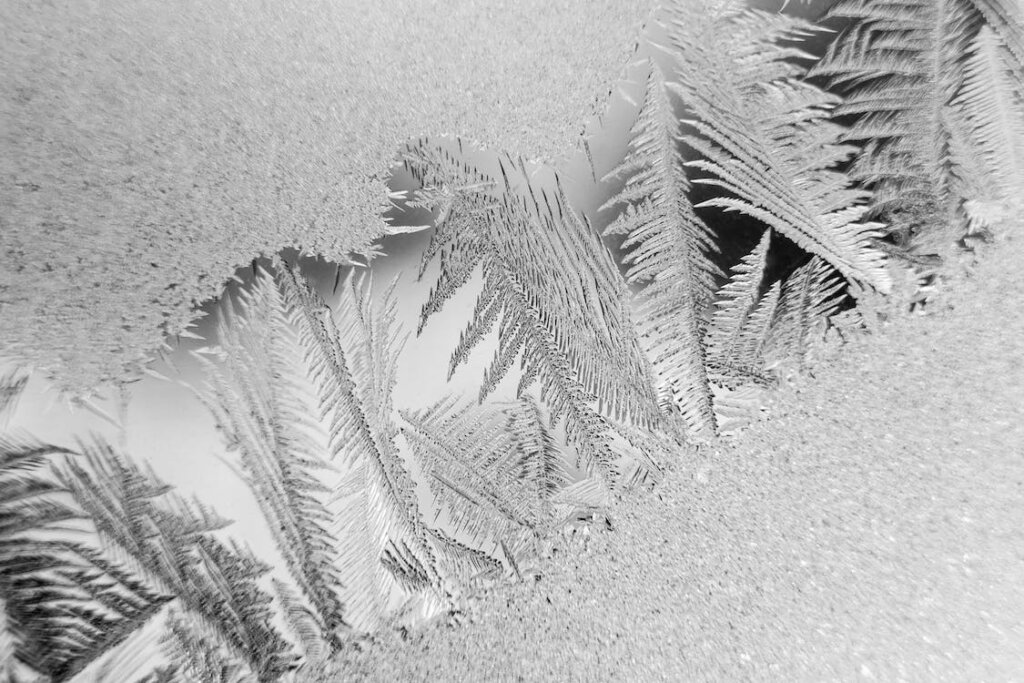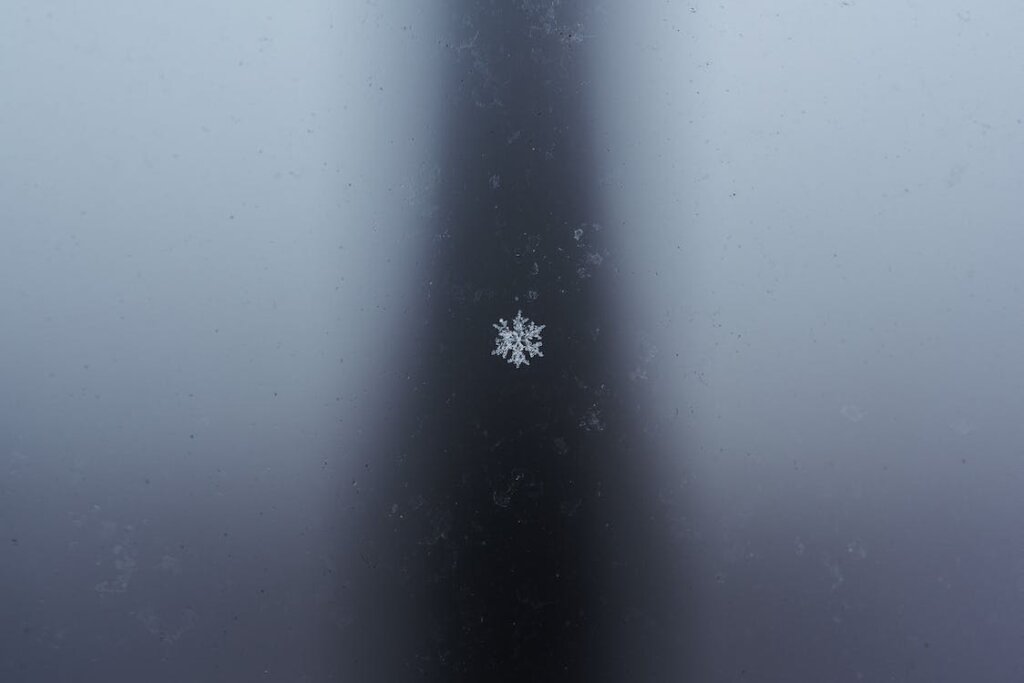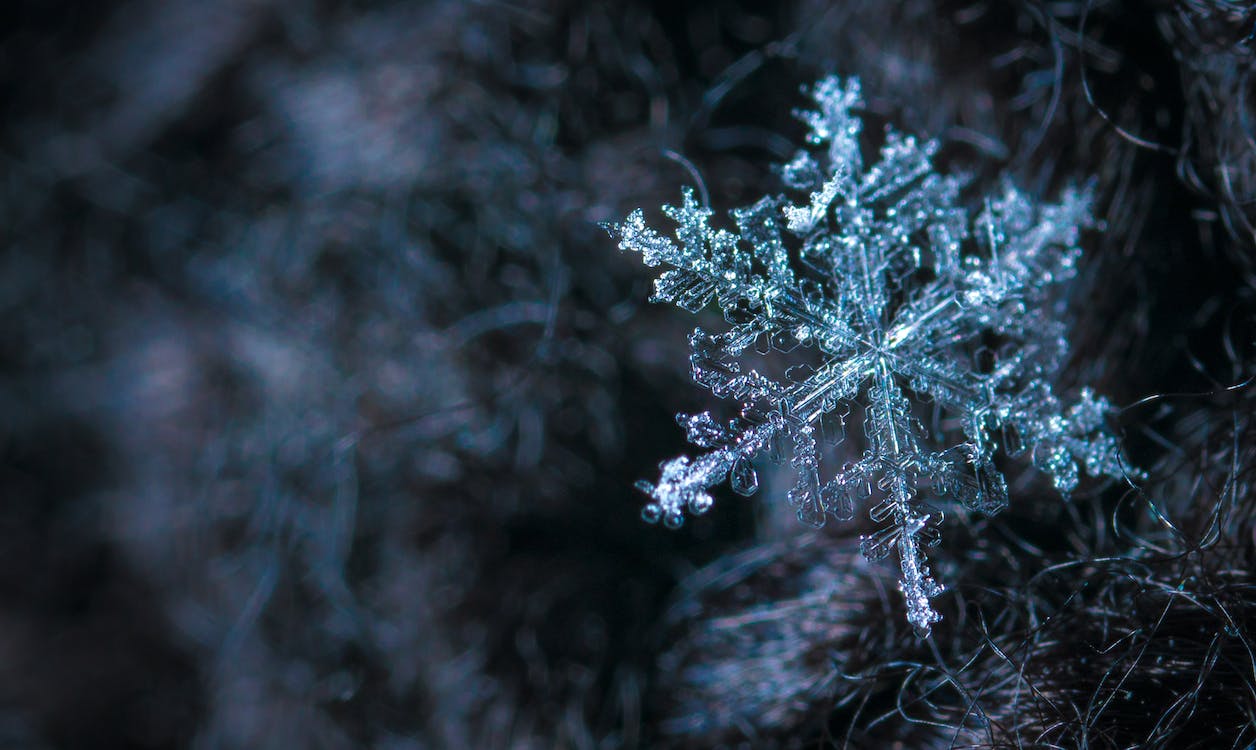When winter blankets the world in a layer of glistening snow, it’s easy to be captivated by the intricate and delicate beauty of snowflakes. These tiny frozen masterpieces seem like works of art, and indeed, they are. But what’s the science behind these unique creations, and why do they each have their own distinct pattern? Let’s unravel the mystery of snowflakes and discover the fascinating science that makes them nature’s winter art.

Formation of a Snowflake:
Snowflakes form high up in the clouds when water vapor freezes onto tiny particles like dust or pollen. The process begins with a water droplet freezing around a nucleus, creating a tiny ice crystal. As the crystal falls through the cloud, it encounters varying temperature and humidity conditions. This is where the magic happens.

Hexagonal Structure:
The iconic hexagonal shape of snowflakes is a result of the arrangement of water molecules in an ice crystal. Each water molecule consists of two hydrogen atoms and one oxygen atom, and they bond together in a hexagonal pattern. This hexagonal structure is what gives snowflakes their six-sided symmetry.

Branching Patterns:
The intricate branching patterns of a snowflake occur as it encounters different temperature and humidity conditions during its descent. The growth of the crystal is influenced by the temperature and humidity at various points in the cloud. When the crystal moves through regions with different conditions, it can develop branches, creating the unique and beautiful designs we associate with snowflakes.

Diverse Designs:
Contrary to the popular saying, no two snowflakes are exactly alike. The diversity of snowflake designs arises from the complex interplay of temperature and humidity in the cloud, as well as the crystal’s path through the cloud. The variations in these conditions at different points during the crystal’s formation lead to the creation of countless unique snowflake designs.
Size Matters:
The size of a snowflake is determined by the amount of moisture and the time it spends in the cloud. Larger snowflakes tend to form when there’s more moisture available in the cloud, while smaller ones result from drier conditions.
Hexagons Everywhere:
The six-fold symmetry of snowflakes isn’t limited to their external appearance. This hexagonal pattern is reflected in their internal structure as well. Each branch of a snowflake is itself a six-branched structure, repeating the hexagonal theme at various scales.

As snowflakes gently fall to the ground, they create a winter wonderland of breathtaking beauty. The next time you catch a snowflake on your mittened hand, take a moment to appreciate the intricate science behind its formation. Snowflakes are not just frozen raindrops; they are the result of a delicate dance between temperature, humidity, and molecular structure, making them nature’s exquisite winter artistry.




